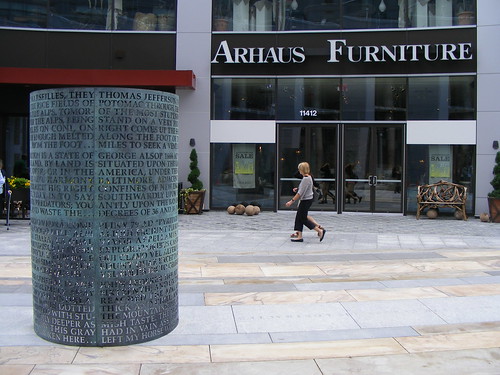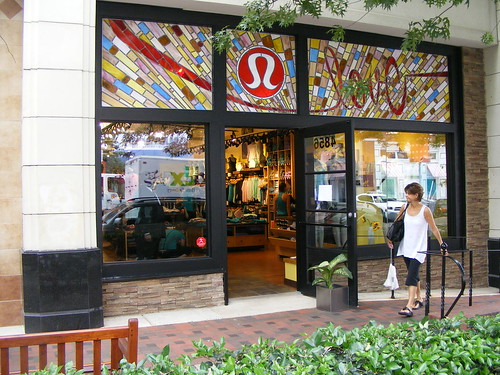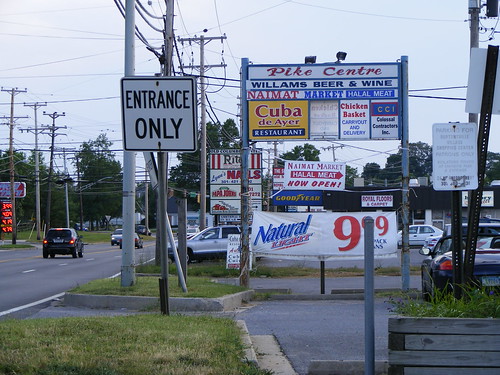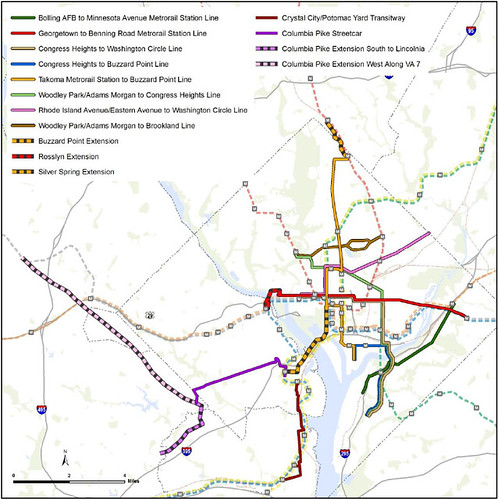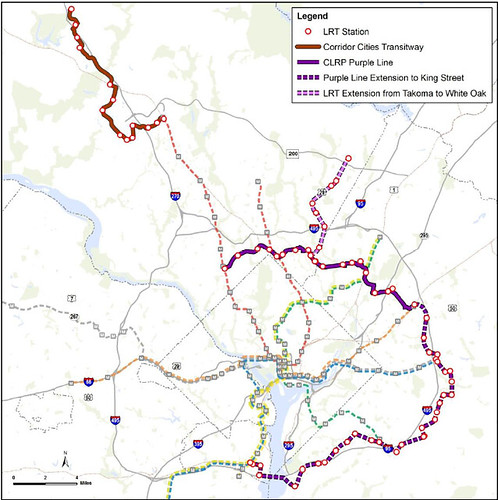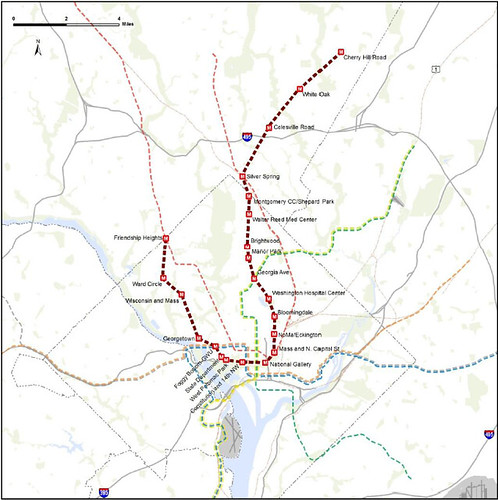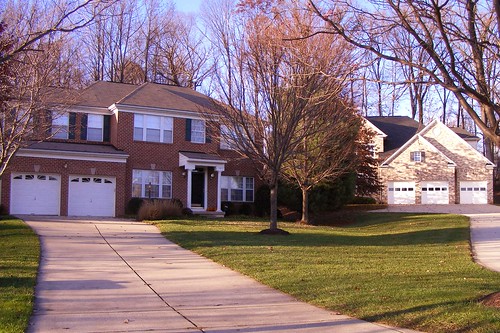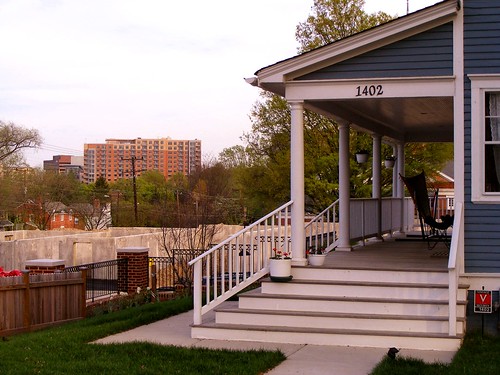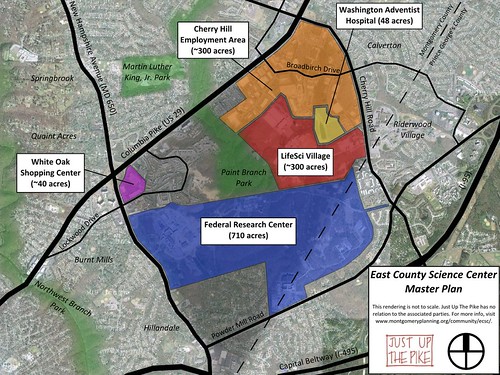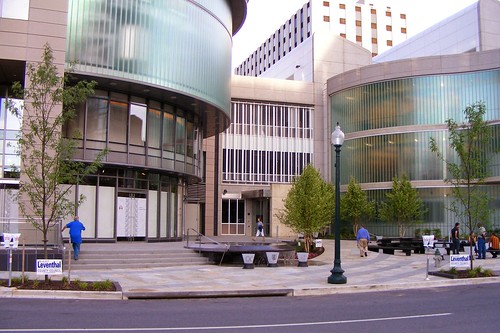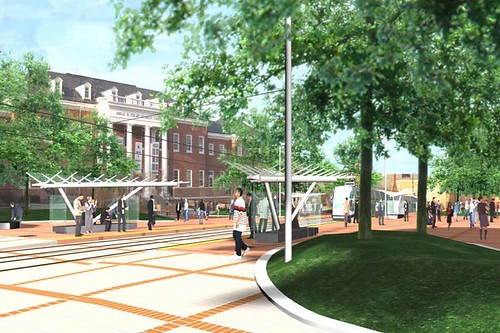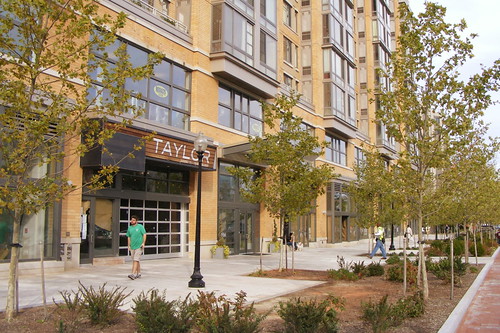We've long assumed that people in Bethesda don't come to Silver Spring, whether out of fear or merely ignorance. Now, there's proof in the July/August issue of Bethesda Magazine, which investigates the vagaries of parking in downtown Bethesda:
Of course, the parking garages on Ellsworth Drive and Wayne Avenue in downtown Silver Spring (which are rarely, if ever, full) have had a car-counting system since they opened in 2004, as do the parking garages in Rockville Town Square, which opened in 2007 (and can get pretty full). We can excuse the people interviewed for this article, who likely never leave the confines of Bethesda, Chevy Chase or Potomac, save for the occasional trip to Tenleytown to go slumming. But writer Amy Reinink, who allegedly "lives in Silver Spring," should know better.

Think of the possibilities, Amy! Bethesda Magazine has already claimed much of downtown Silver Spring as some of their "67 Things We Love About Bethesda," and they could've added "stress-free parking" to the list! How many people in Bethesda only know about Silver Spring because the Purple Line is supposed to go there? How many fine individuals think of Silver Spring primarily as an exporter of black kids? How many Bethesda youth are unaware of the glorious Friday nights to be had in Silver Spring? Turncoat! You could've changed all of that.
Alas, Bethesda Magazine must feel some kind of inferiority complex about their town's parking garages, where each weekend so many midlife-crisis Mercedes coupés and tricked-out swagger wagons are trapped that the streets ring with the screams of Montgomery County's frustrated suburban élite. If only they knew that the parking was easier in Silver Spring! Not only would they find better food, but they'd save time and money as well. What a shame.
Sometimes, I wonder why their staff of Bethesda Magazine doesn't just pour all of their money and effort into something constructive, like battling illiteracy in DC, rather than giving a two-hundred-page-long pat on the back to people with the money and taste to live west of Rock Creek Park. Though I guess Ending Adult Illiteracy in DC Magazine probably wouldn't find a place in the periodicals rack at the Bethesda Barnes & Noble next to all of those trendy art magazines I don't understand (and are not available at the Silver Spring Borders).
“A sign out front would solve the frustration of circling aimlessly in a full garage,” Seely says, “even if it wouldn’t solve the problem of there being no spots . . .”
Installing a car-counting system would enable the county to track the number of spots available at any given moment. But that’s not a simple proposition.
Of course, the parking garages on Ellsworth Drive and Wayne Avenue in downtown Silver Spring (which are rarely, if ever, full) have had a car-counting system since they opened in 2004, as do the parking garages in Rockville Town Square, which opened in 2007 (and can get pretty full). We can excuse the people interviewed for this article, who likely never leave the confines of Bethesda, Chevy Chase or Potomac, save for the occasional trip to Tenleytown to go slumming. But writer Amy Reinink, who allegedly "lives in Silver Spring," should know better.

Think of the possibilities, Amy! Bethesda Magazine has already claimed much of downtown Silver Spring as some of their "67 Things We Love About Bethesda," and they could've added "stress-free parking" to the list! How many people in Bethesda only know about Silver Spring because the Purple Line is supposed to go there? How many fine individuals think of Silver Spring primarily as an exporter of black kids? How many Bethesda youth are unaware of the glorious Friday nights to be had in Silver Spring? Turncoat! You could've changed all of that.
Alas, Bethesda Magazine must feel some kind of inferiority complex about their town's parking garages, where each weekend so many midlife-crisis Mercedes coupés and tricked-out swagger wagons are trapped that the streets ring with the screams of Montgomery County's frustrated suburban élite. If only they knew that the parking was easier in Silver Spring! Not only would they find better food, but they'd save time and money as well. What a shame.
Sometimes, I wonder why their staff of Bethesda Magazine doesn't just pour all of their money and effort into something constructive, like battling illiteracy in DC, rather than giving a two-hundred-page-long pat on the back to people with the money and taste to live west of Rock Creek Park. Though I guess Ending Adult Illiteracy in DC Magazine probably wouldn't find a place in the periodicals rack at the Bethesda Barnes & Noble next to all of those trendy art magazines I don't understand (and are not available at the Silver Spring Borders).

